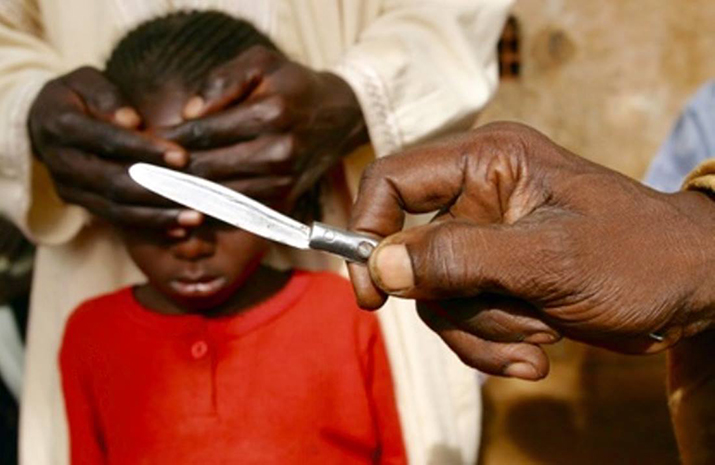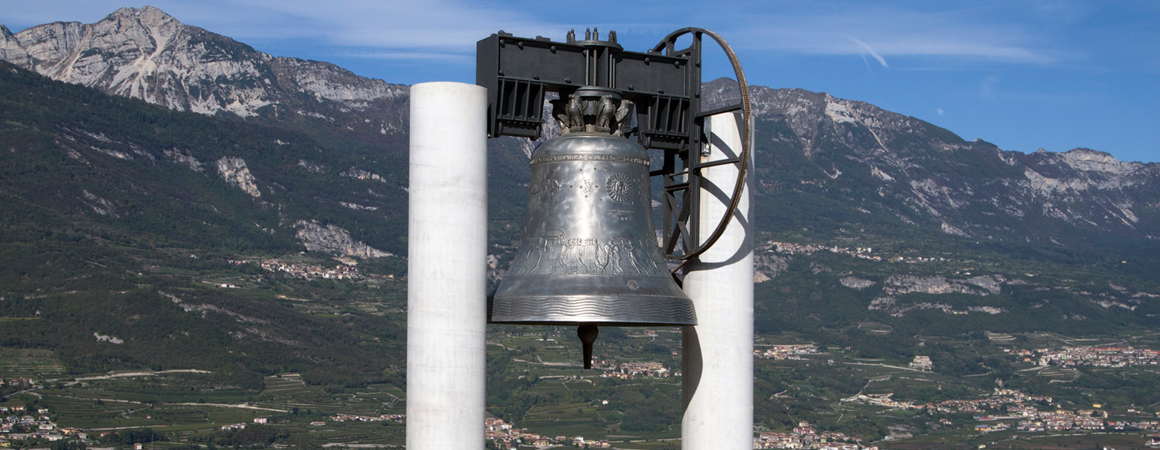HAPPENING AT THE UN
INTERNATIONAL DAY OF ZERO TOLERANCE FOR FEMALE GENITAL MUTILATION
Most of the young women who undergo these practices are found in 29 African countries while a much smaller proportion live in predominantly Islamic regions of Asia
All you need is a razor, sometimes a razor blade. It hurts, it’s true, but grandmother, mother, all your older sisters and friends have already done it. Almost all. It’s normal. After all, it’s time to get married, to grow up. And then what would the people, the village, the religious leaders, the men say. The men in particular.
How can a little girl stand up to her whole world to prevent being subjected to genital mutilation? She can’t, at least by herself. It would take an enlightened father, because the mother generally has no say in the matter. There are some, but they are rare. It takes a man who must have courage, but also the economic capacity to abandon everything and change his life. It seldom happens, and this is how every year around three million girls in the name of tradition are subjected to this unacceptable practice, which has permanent physical and psychological consequences.
Most of the young women who are subjected to mutilations are found in 29 African countries while a much smaller proportion live in Asia, in Muslim-dominated areas. The phenomenon is complex, it includes traditional practices ranging from incision to partial or total removal of the external genitalia, and can also vary greatly in different areas. Despite being recognized internationally as an extreme violation of women’s rights and integrity, this remains a scourge that cannot be eradicated. The United Nations has organized the «International Day of Zero Tolerance for Female Genital Mutilation» every year since 2012, on 6 February, so that we don’t forget this. The aim is to keep the spotlight on a universal problem that also affects Western Europe, North America, Australia and New Zealand, where many immigrant families continue to respect this tradition.
The mutilations are carried out mainly by women, sometimes midwives, rarely obstetricians. Their work is not considered of particular value, the remuneration is low. Their livelihood is largely linked to the outcome of these interventions. Ladies who are no longer young, who have been victims of the same practice, over time have had to accept it and then they themselves become the instrument of what the UN defines as «the manifestation of a deep and rooted gender inequality».
Maybe some young girls have thought of allying with their friends and rebelling against their grandmother, their mother, all their older sisters and especially their father. But these are things you only see in television series. Indeed not even there. Nobody tells these stories on Netflix, and often not even in the newspapers.







